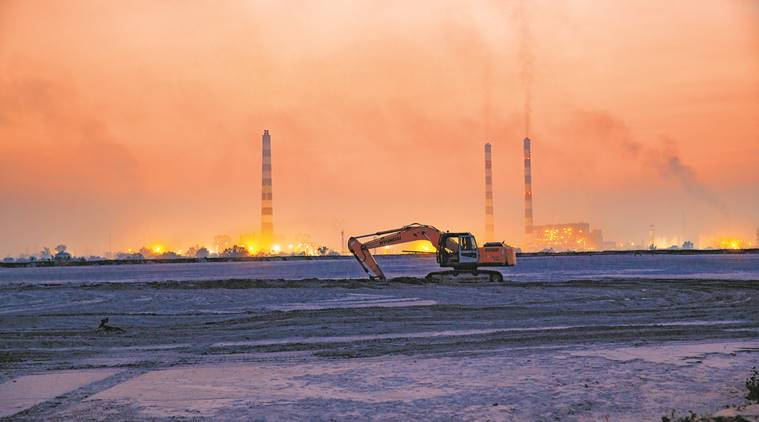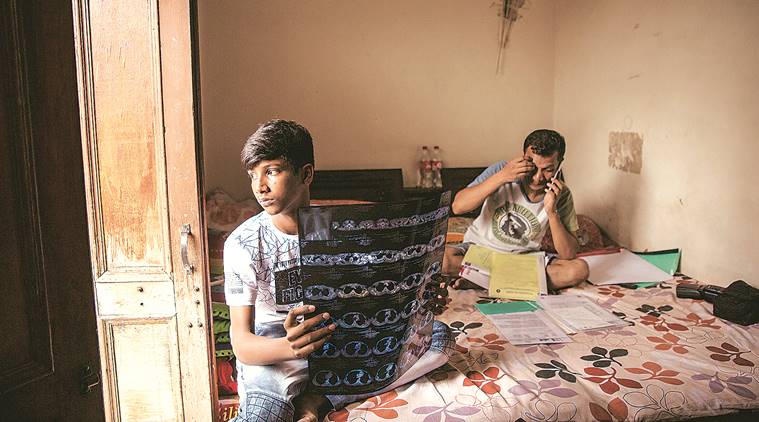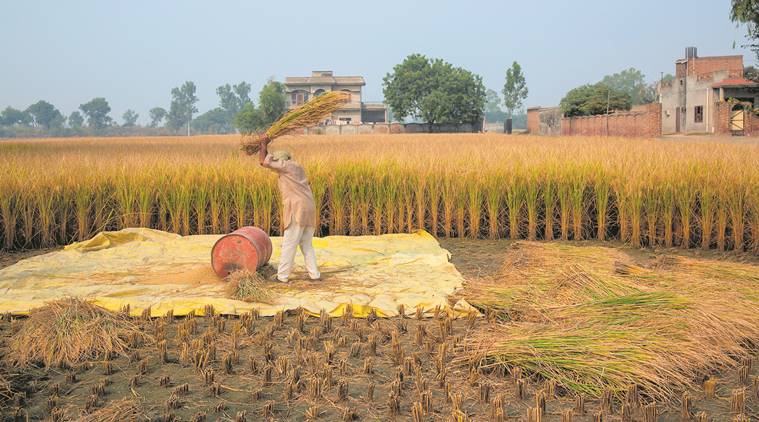
A resident of Shahdara in east Delhi, Atul Kumar Jain was diagnosed with Stage II-A cancer in his lungs in April 2017. He was a non-smoker, but Dr Arvind Kumar, a pulmonologist at Sir Ganga Ram Hospital says, “He was literally born a smoker, as is every newborn in Delhi. In Delhi, breathing kills.
“While Jain survived cancer, not everyone is as fortunate, and on Wednesday when he mingled with guests at Bikaner House it was not just his own experience that Jain shared. He also put forward the plea to initiate measures to ensure that more is not lost. “I have paid the price of air pollution not just with medical bills which I could not afford, but also a very poor and uncertain quality of life. I led a healthy life and never touched a cigarette, yet I’m a lung cancer survivor. How is this fair? We are breathing cancer-causing carcinogens and if this is not a public emergency, then what is?” says Jain.
His is one of the numerous stories included in the exhibition “Breathless: Documenting India’s Air Emergency”. Organised by Help Delhi Breathe and the Clean Air Collective, the display comprises photographs by Ishan Tankha and has text written by journalist Aruna Chandrasekhar. “We hope to humanise what seems like an amorphous, seasonal and regional problem to many,” says Chandrasekhar.

Over the last year, the duo travelled across India to record multiple narratives that ascertain different aspects related to air pollution. “We wanted to look at three different kinds of people — We looked at ordinary people battling an extraordinary disease; ordinary people taking on extraordinary polluters, and then ordinary people cleaning up after our excesses as consumers and citizens… We are also looking at different cities as metaphors,” says Chandrasekhar. “I hope this exhibition empowers some of the people who are portrayed here and it leads to some sort of actual change. With enough support and pressure from everyone, things can change,” says Tankha.
At the very onset of the exhibition, the viewers are taken to Korba in Chhattisgarh, where in Tankha’s photographs we see several women with their faces covered with dupattas. “All of them said this was because of the relentless coal dust and the heat,” reads the text. A volunteer at the exhibition shares that Korba was ranked India’s fifth most-polluted industrial cluster in 2009 and members of the adivasi communities in the region are being displaced. We are also introduced to activist Laxmi Chauhan, who “faces life threats for taking the country’s biggest coal polluters to court”. Miles away from him, in Mumbai, Amrita Bhattacharjee is fighting to save the Aarey Forest, and Anita Dhole has been talking about how arbitrarily people have been relocated from areas next to the Tansa pipeline, to Mahul, surrounded by refineries. “In Mumbai, there have been two massive environmental movements in last year… On one side you have an industrial hotspot within a large city, home to millions. On the other hand, you have a forest that is the lungs for the city, that has been axed for a metro that is ostensibly sustainable transport, how do we balance this?” says Chandrasekhar.

The display also has Bengaluru, her city of residence. Here we are introduced to those who clean up the Garden City. “We’ve been working for six months without pay, forget about kids school fees or money for X-rays. We sweep the Electronic City’s streets in the heat. Ask us about pollution. We are the real face of Swachch Bharat but no one respects us,” says Rajalakshmi, a contract sweeper at Bengaluru Municipal Corporation, who has been quoted.
We come to the National Capital. Is it crop burning in the neighbouring fields in Punjab that is solely to blame? The farmers, we are told, are “sick of taking the blame”. Bohar Singh Daliwal, district president of Bharatiya Kisan Union in Sidhupur has been quoted as saying: “When the Green Revolution began, the government was sending in their people saying you must use this fertiliser… because there’s a higher yield, you get farmers addicted to a certain way of being. Then 30 years later, you expect them to change?” We return with that thought and also statistics that present startling facts: If the government met WHO air quality guidelines, an average resident in Mumbai could live 2.9 years longer, and in New Delhi 10.2 years longer.
The exhibition at Bikaner House, Delhi, is on till June 9